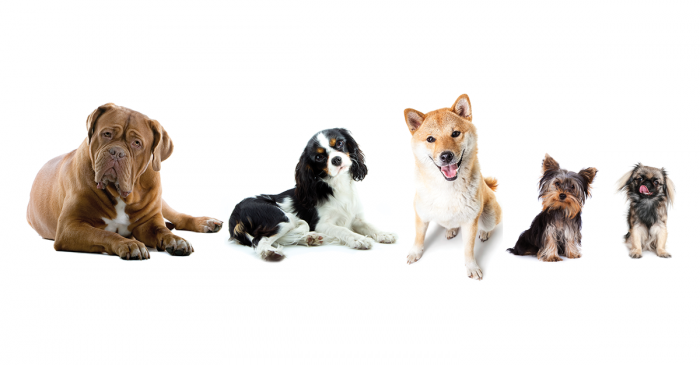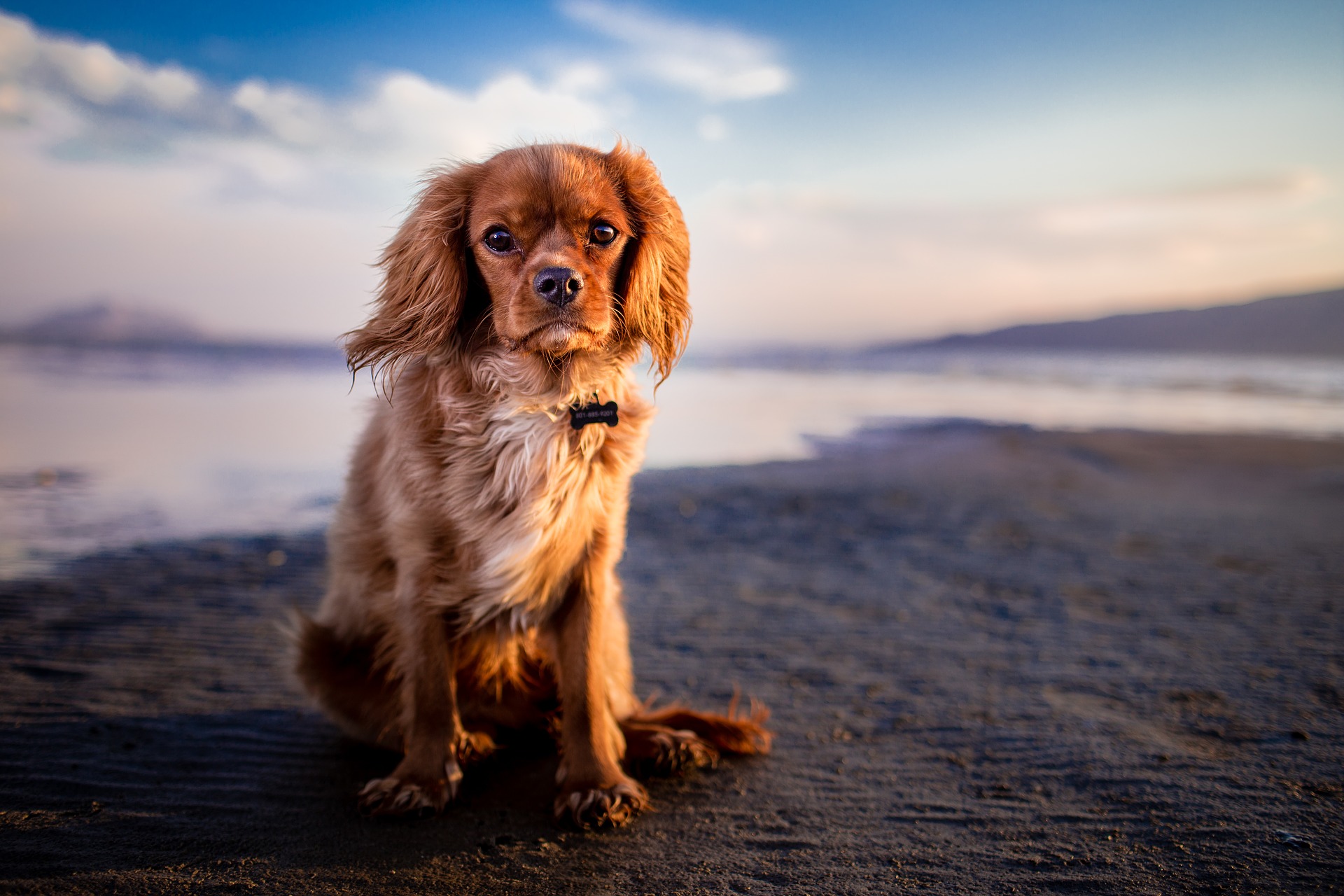Dog grooming is a process by which dog’s appearance is enhanced. It not only enhances the appeal but also keeps your pet hygienic and clean. It is also essential to keep your pet stress free and comfortable, especially those with long or heavy coats.
A person who professionally grooms the dog is known as dog groomer or Groomer. The grooming procedure, time and tools differ from one breed to another and one coat type to another.

5 benefits of Regular Grooming
- Eradicate Health Problem –Grooming lessens any chances of various health problems, such as skin allergy, parasitic infections, scratches and matted hair.
- Cleanliness –General tidiness and physical appearance is ensured by regular and proper grooming.
- Vital Organs in Check –Grooming also monitors the status of essential body parts for the infection, such as; Eyes, Ear and Teeth, Nose, Underside, Skin Coat, Nail and Pads etc.
- Physical Appeal –The physical appearance and standard is maintained with regular grooming.
- Stress-free environment –Matted hair, long and burly fur can cause stress to many dogs on daily basis. Grooming keeps them comfortable and happy.
Grooming based on Coat Type
Short haired
Short-haired dogs may require fewer baths and grooming to keep them clean. Grooming every 5-6 months is generally enough. They can be bathed every 4 months. Short haired canines like German Shephard may shed excessively. You can ask your groomer for any low-shed services. Keep in mind that nothing will stop shedding entirely, not even shaving your dog.
Short hair and double coated
These kind of dogs typically shed seasonally. You can choose to groom them four times a year to keep them clean and prevent excessive shedding. They require bath every 6 weeks to keep their coat clean and also to protect their natural oil. Golden Retriever is a popular short haired doubled coated dog which requires constant grooming and bathe.

Long hair and double coated
These dogs may frequently suffer from matted and overweighed hair. Matted hair invites moist, infection and allergies. They tend to shed seasonally and have long feathers on their feet, legs, bellies, butts, and ears that needs to be trimmed often.
You must never shave your double coated dog, as they are unable to grow their top layer coat back! Akita, Alaskan Husky, Alaskan malamute, American Eskimo, Chinook, Chow Chow, Finnish Spitz and Finnish Lapphund few examples of long haired double coated dog.
Thick Undercoated
Thick undercoated dogs require proper grooming to ensure their thick undercoat remains safe. These undercoat must be removed seasonally but never shaved. Shaving may cause severe skin problem, allergy and sunburn.
Thick undercoated dogs require grooming at least every three months. Golden Retrievers, Huskies, Collies, Shelties and Shepherds are dogs with thick undercoat.
Silky coated
The single coat on dogs tend to be silkier which grows continuously, hence it must be trimmed periodically. They can be groomed every 2-3 months. Some may require grooming every 4-6 weeks to prevent severe matting. Afghan hound, Maltese dog, Shih Tzu, Skye terrier, Tibetan terrier and Yorkshire terrier are few examples of silky coated dogs.
Curvy or Wavy coated
These dogs are the most likely to mat because of the excess of hair and chances of entanglement. Any hair longer than half an inch should be brushed at least twice a week; and hair longer than an inch should be brushed daily.
They may require grooming every four to six weeks to prevent severe matting. Curly coated retriever, Pumi, Portugese water dog, irish water spaniel, Lagotto Romagnolo and Poodle are few of the curvy or wavy coated dogs.
Check Pet grooming to learn more about proper grooming technique and professional help.